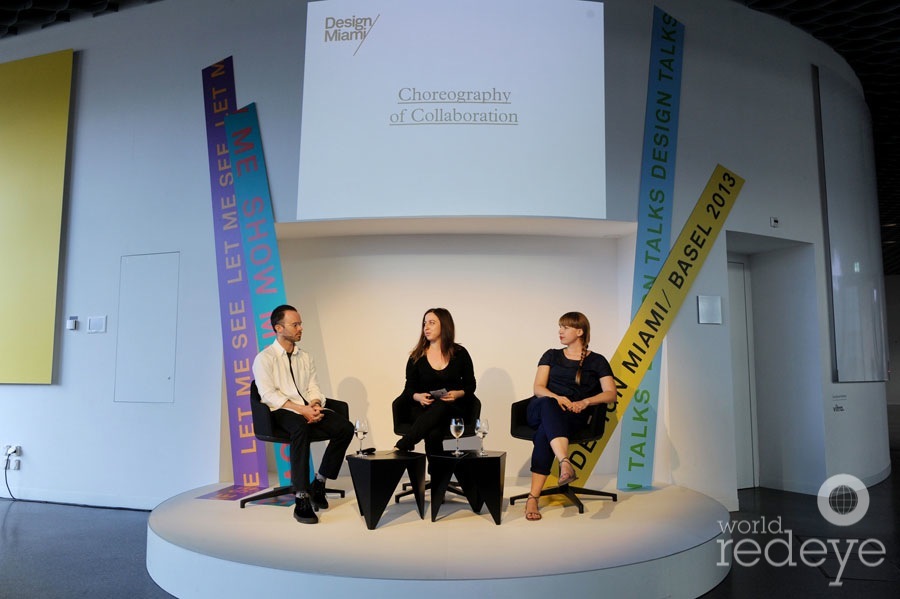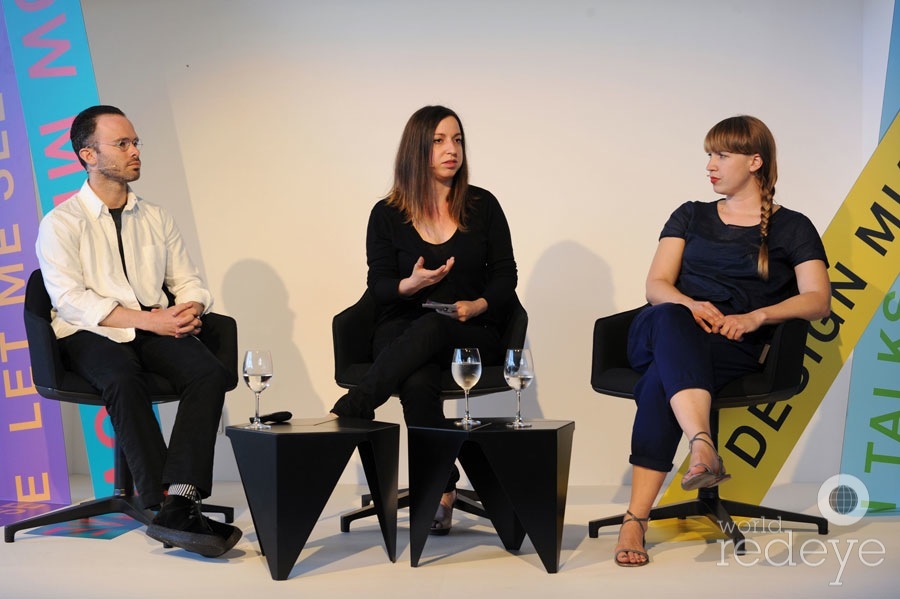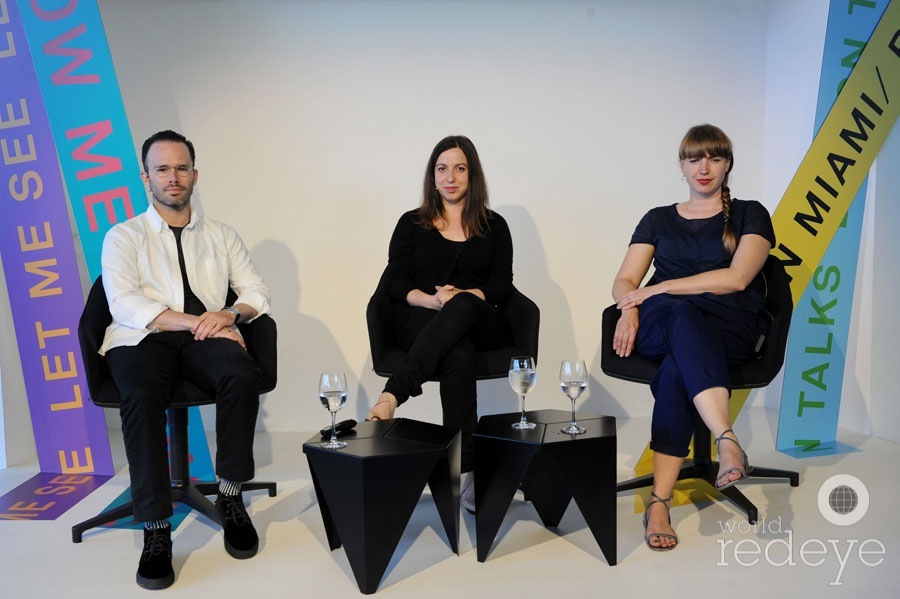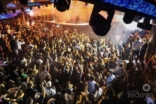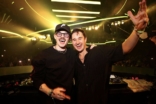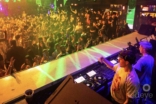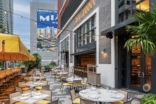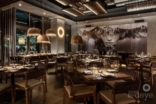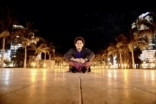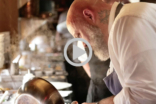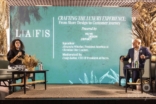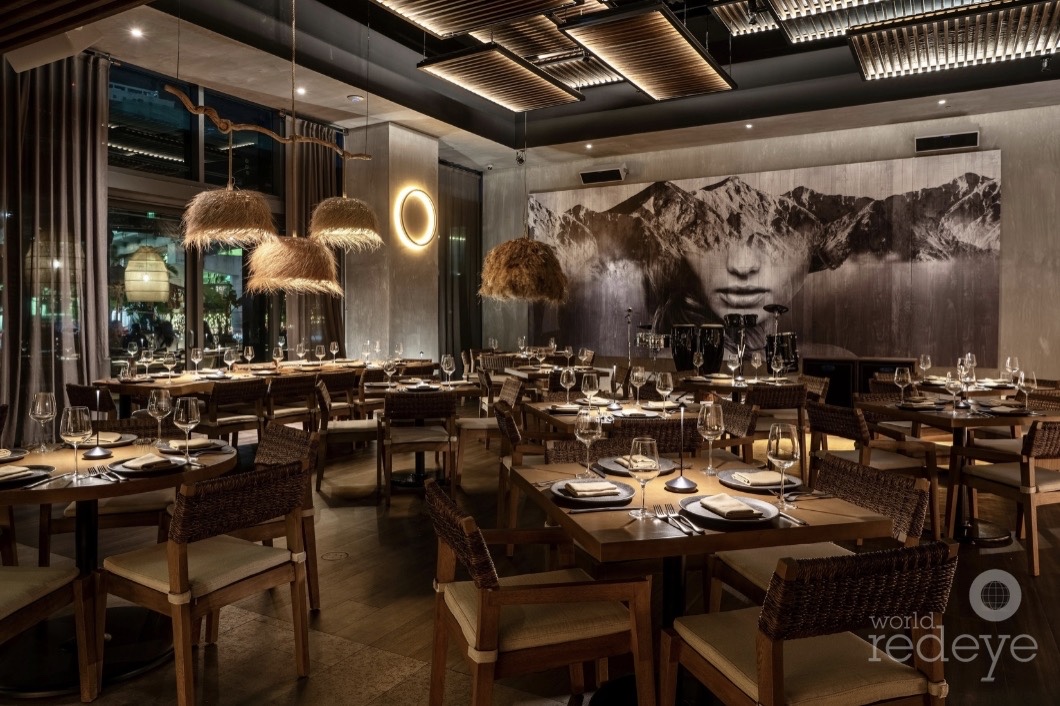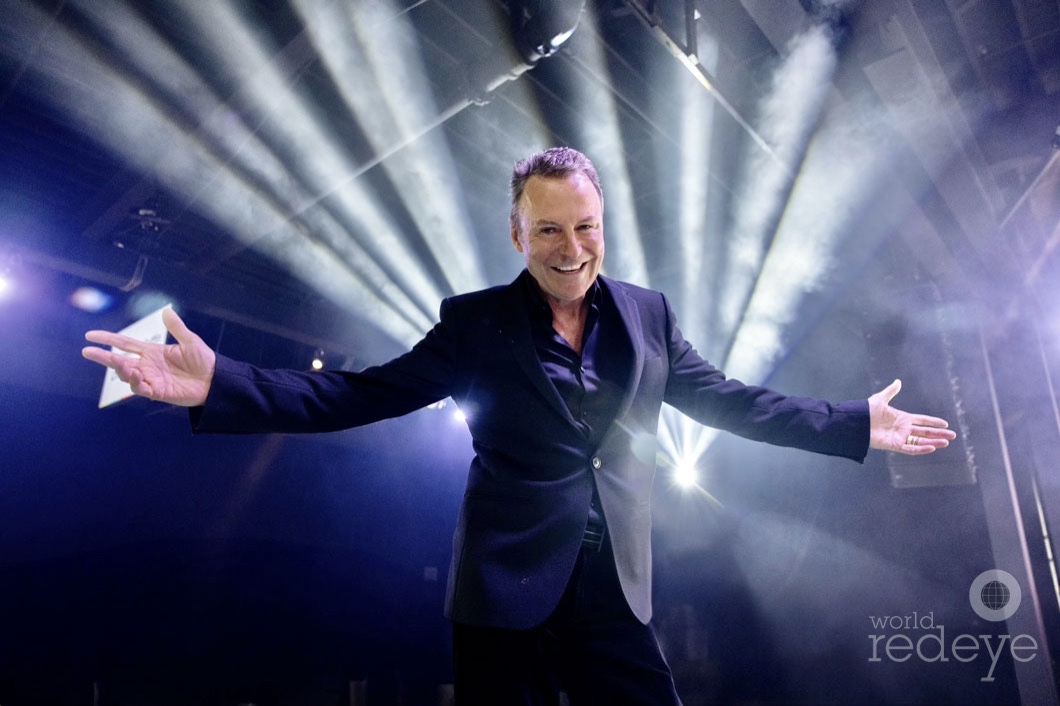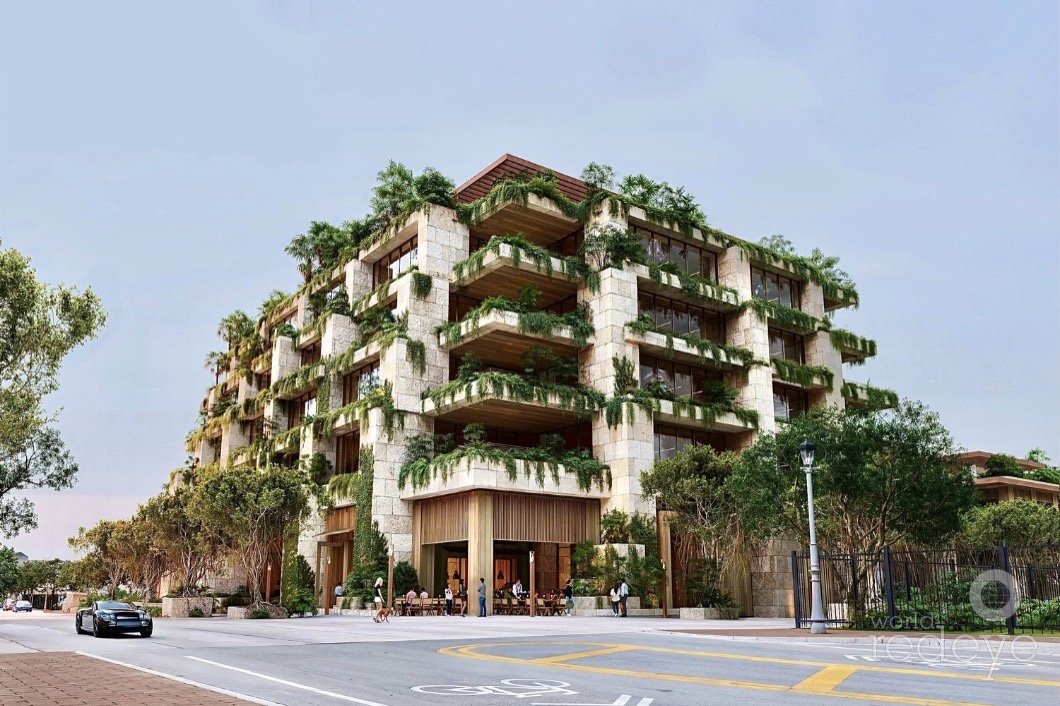Judith Seng: ACTING THINGS
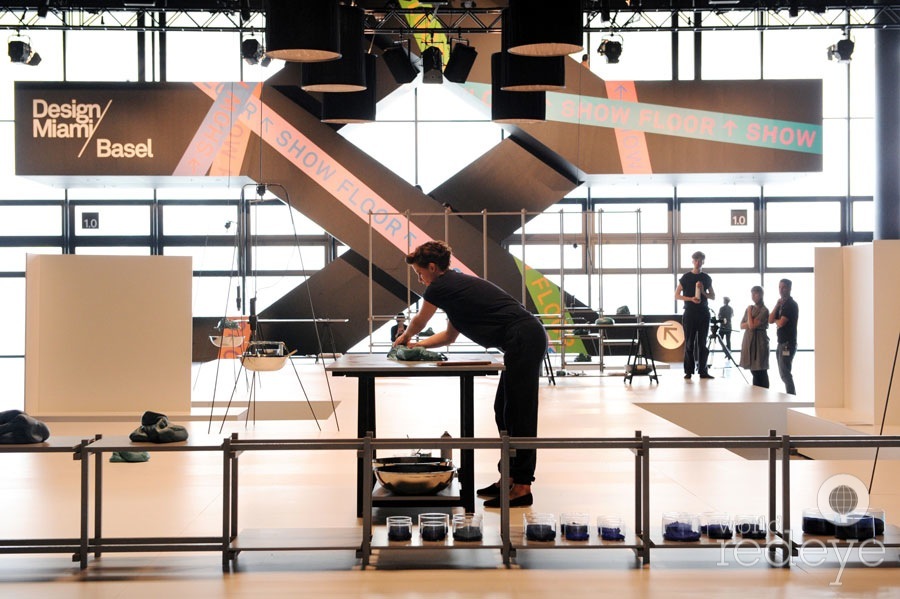
Basel, Switzerland – June 16, 2013 – Thinking outside the box is what creative minds do best, and artists are no exception. Performance artists, even more so, because they’re taking their art off the canvas and bringing it to life. It’s a type of art that can sometimes be overlooked, but has the power to become much more interactive and impactful to viewers. At this year’s Design Miami/ Basel 2013, one such performance artist, Judith Seng, has given her unique artistic presentation entitled ACTING THINGS each day of the weeklong art fair. She’s based in Berlin, where her studio is, and has a background in product and process design, which serve as the basis for her performance art concepts. Since World Red Eye has been overseas covering all the Design Miami/ excitement during this week, we interviewed Seng to get a better idea of what goes into these intriguing exhibitions.
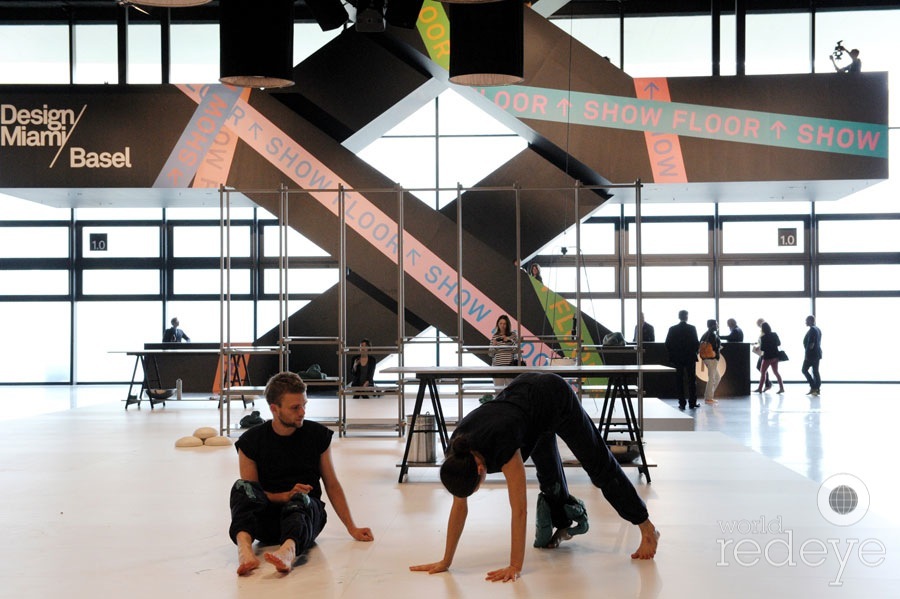
World Red Eye: How did you get into performance art and how long you have you been doing it?
Judith Seng: I became interested in time-based formats because I was always interested in the relationship between objects and the processes they trigger. Whether it’s the way they are made or how they are interacted within use. By searching how to integrate those processes as part of the actual work, I came to these experiments and performances that I am currently working with since the last two years.
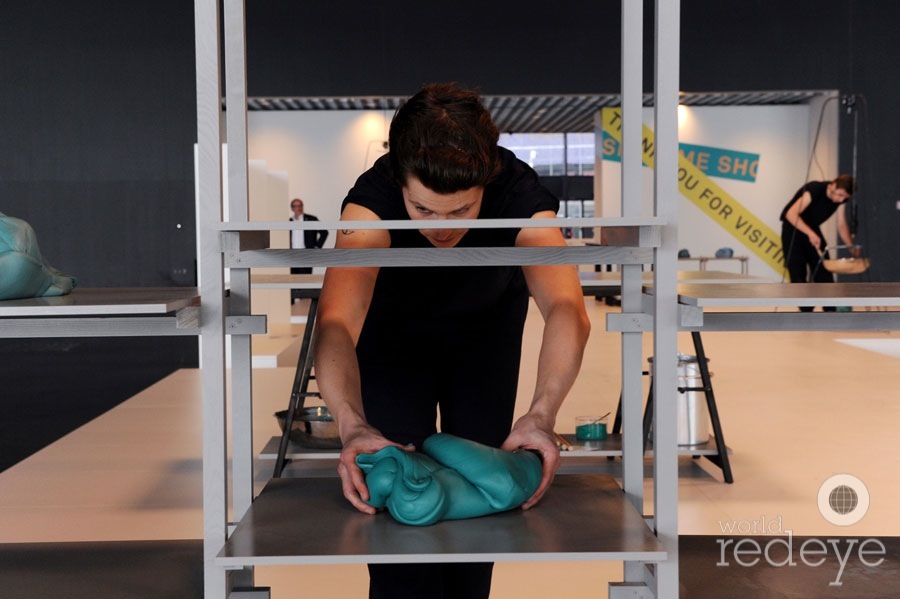
WRE: What’s the concept you brought to Design Miami/Basel 2013 this year? Can you explain about the blue clay?
JS: ACTING THINGS – Material Flow has been commissioned for Design Miami/Basel as the fourth in a series of experiments which investigates the making of objects through the performing arts in order to unveil the aesthetic, energetic and social dimensions of production processes. By looking at production as a dance, a play, a social ritual, ACTING THINGS explores the means of making beyond efficiency and result orientation.
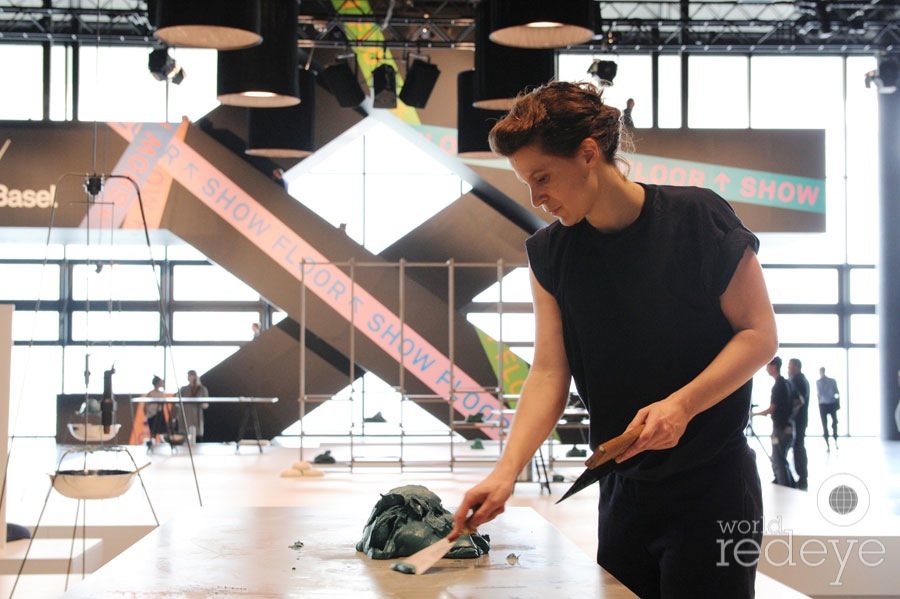
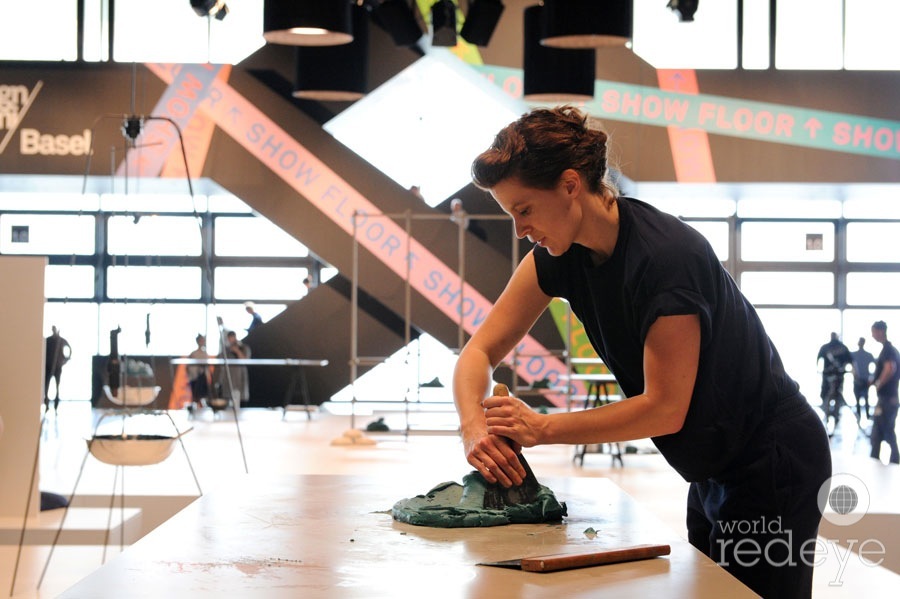
Material Flow stages a poetic evolution of material, movement and objects over the course of Design Miami/ Basel – seven days, eight hours a day. Throughout the fair, dancers will engage in a free-flowing dialogue with material to create objects that express a unique process of making and a continuous cycle of fabrication and dissolution triggered by a continuous flow of material. A series of objects will be created each day to signify a complete cycle of production, only to be broken down the next day and translated into a different body of work, enabling new moments of creation again and again.
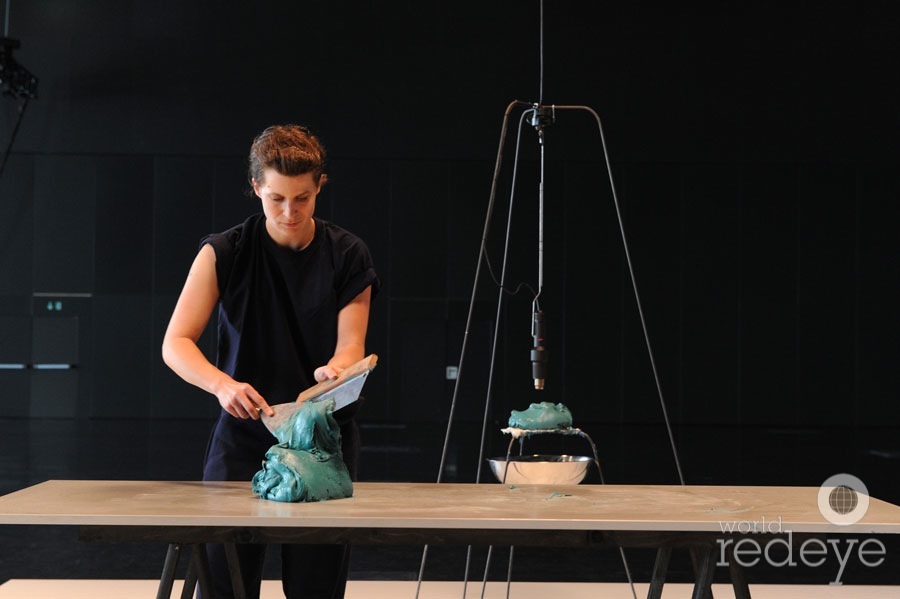
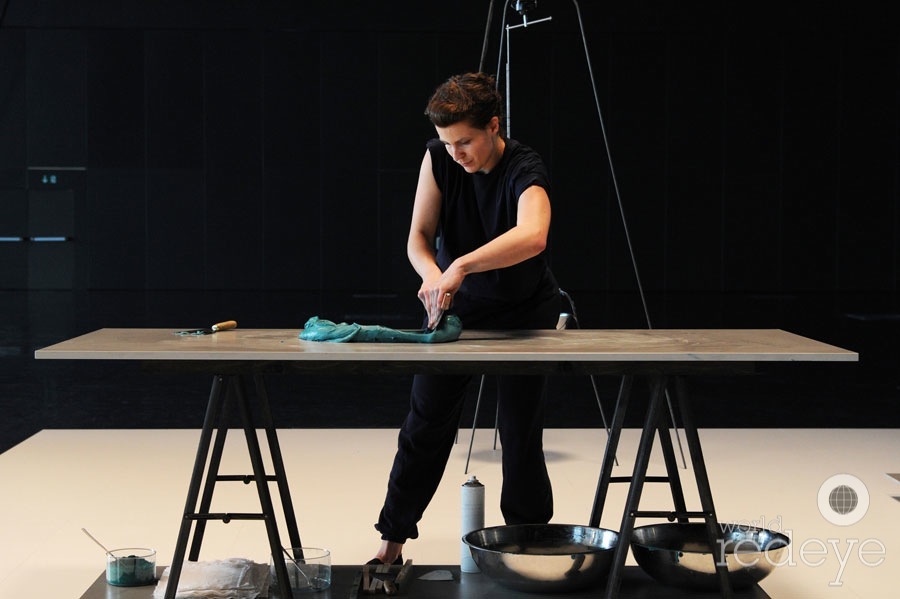
The material is a modeling wax carrying specific qualitites that – in a certain phase of its transformation from liquid to solid – is similar to clay. Every day there is more color added that creates a certain “color” of the day. You can see this progress and intensification of color in the edition that will be created. There will be a series of seven pieces, only one preserved from each day.
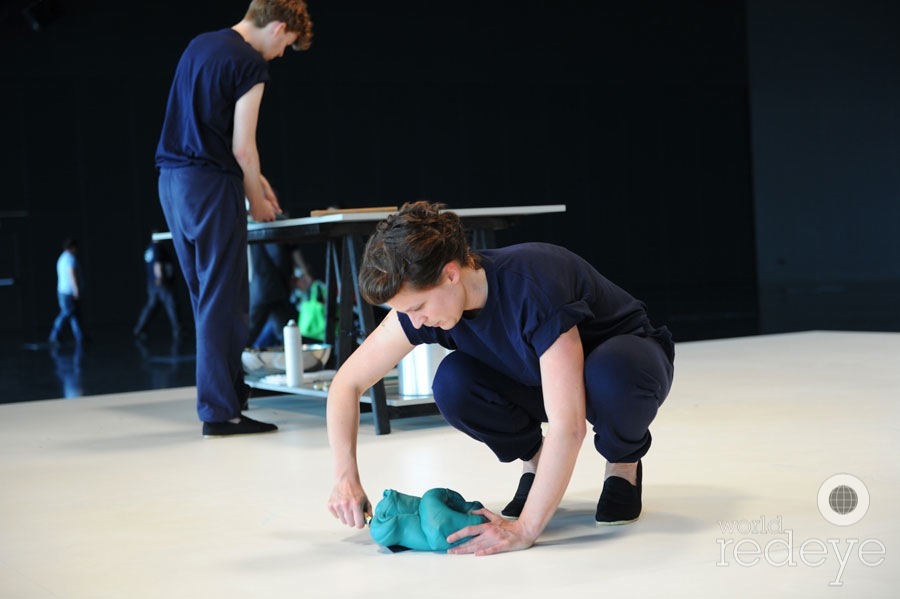
WRE: What was the inspiration for this concept?
JS: The ongoing project ACTING THINGS investigates a process of design beyond the traditional management thinking. Based on the assumption that process design can learn from the skills of performative arts, different production experiments are set up in which material and processes become mutually dependent: the material that is to be worked on generates a process which then in turn will shape the material. The starting point for this project is based upon an observation of a traditional dance that has been performed for generations every first of May in the south of Germany. During the so-called “Bandltanz,” a woven structure is created by the choreography of the dancers. This lead to the research question of ACTING THINGS: What if an object would be created out of a dance? And what if we look at production processes as if they would be a dance?
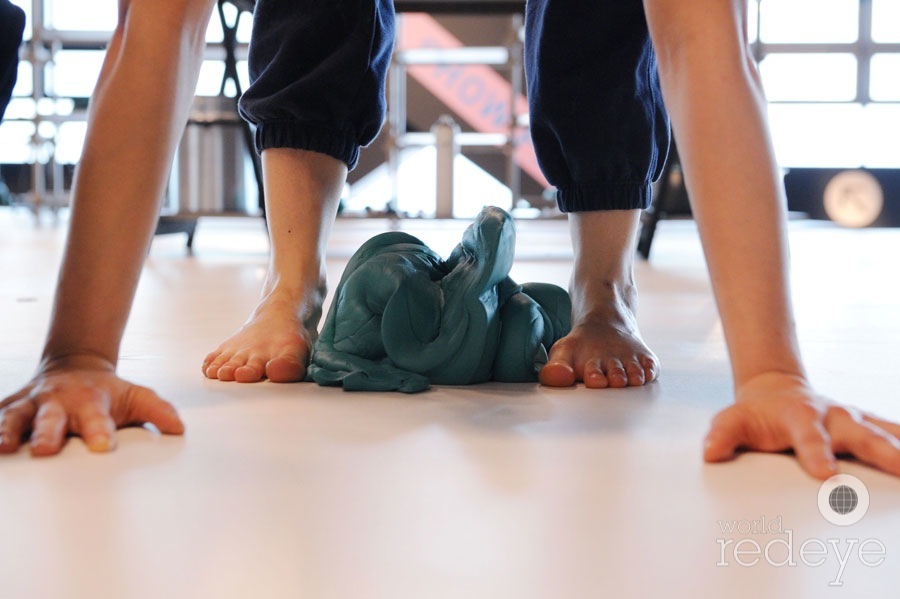
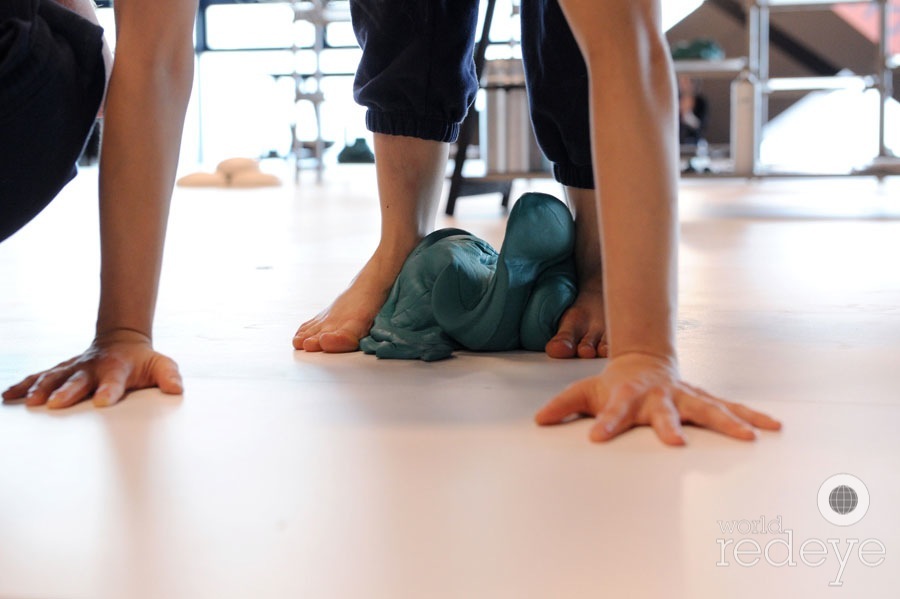
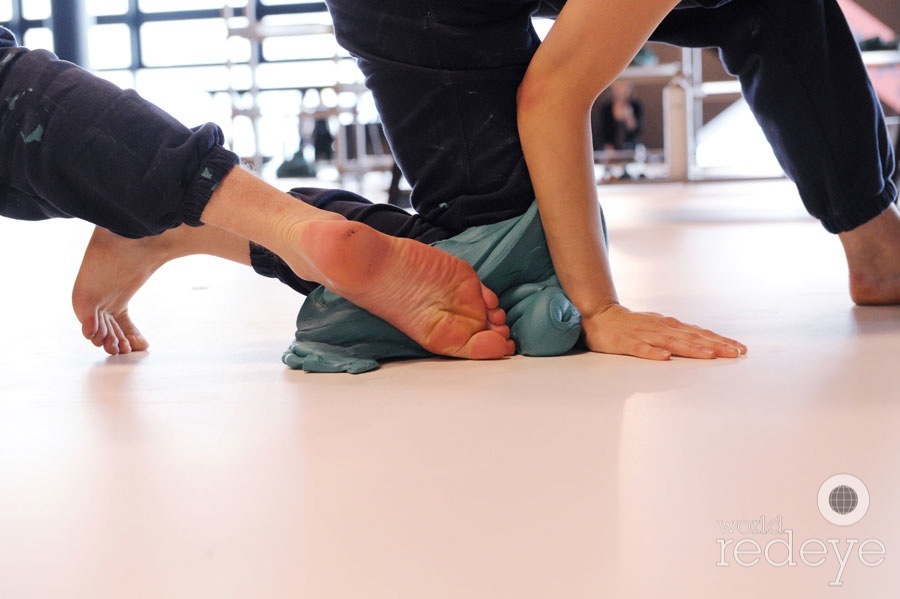
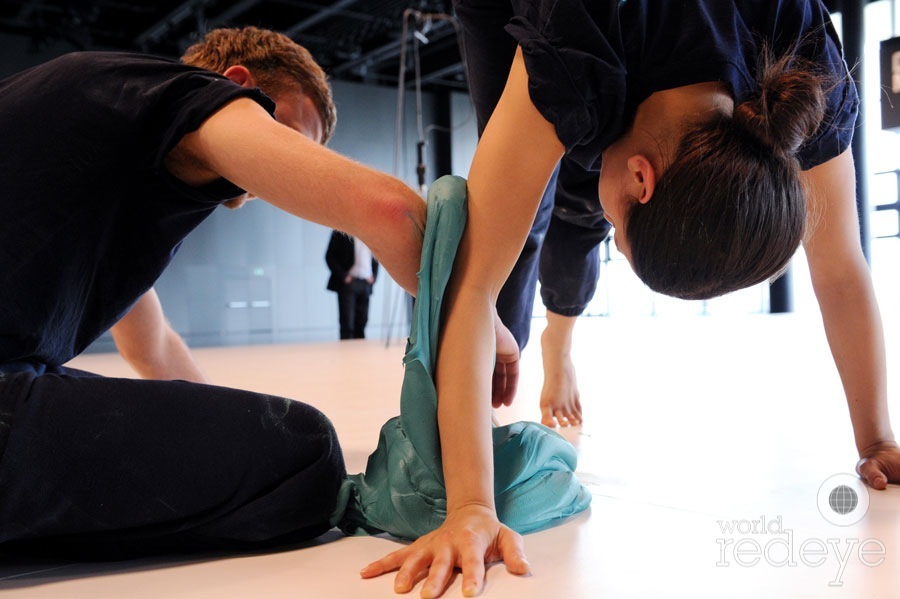
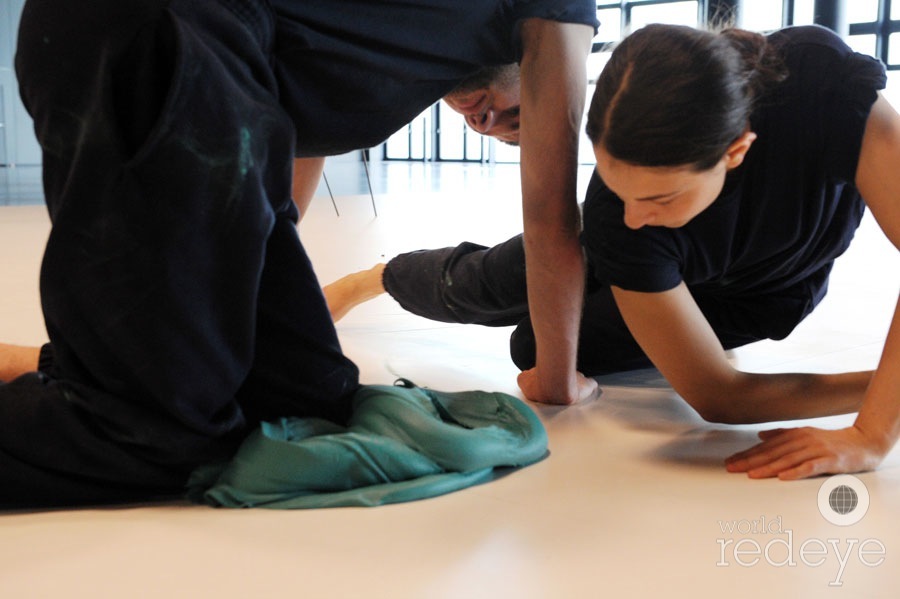
WRE: How do you get into each performance? Do you do any mental or physical preparations?
JS: We did rehearse all processes carefully, including dance. But since the performers are not acting along a fixed score or performance but rather go into the situation and interpret and react to what the material processing requires, it’s always an improvisation. We defined a kind of score or manifesto with which we enter the experiment- like a thesis- and work along these intentions. It’s less a performance in the sense of a show, rather an experiment that is shared and open to the public.
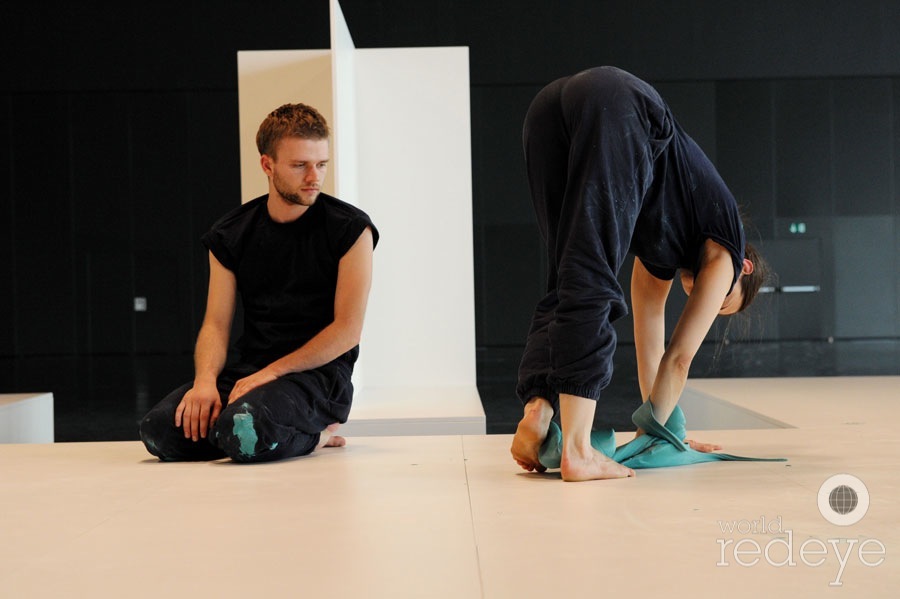

WRE: What’s your favorite thing about performance art? What’s the most challenging part?
JS: I really like the time-based aspect and the space and installation that is opened by performances versus for-example-only objects that, in comparison, are more independent from the specific context. That brings about the challenge: to design on multiple layers simultaneously.
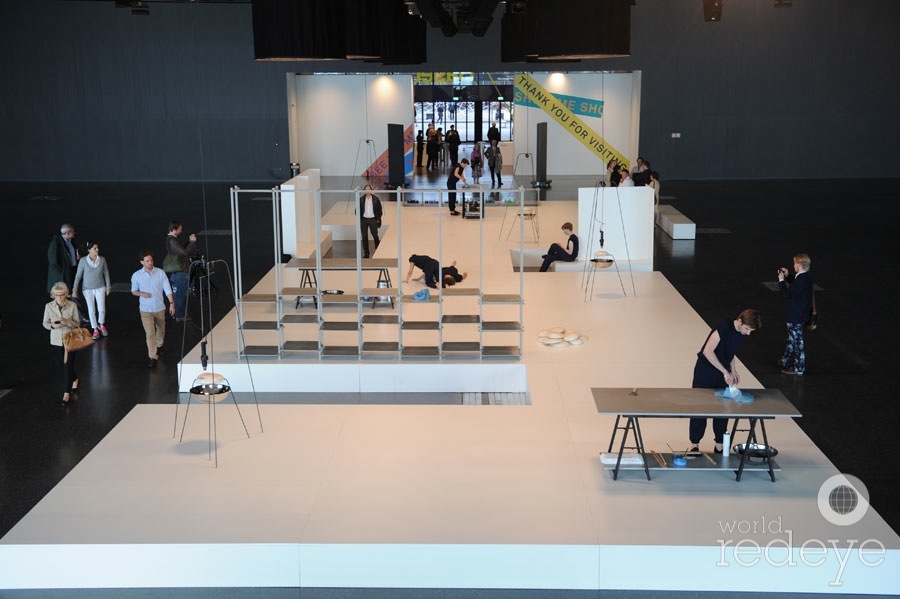
WRE: Where do you go now after Basel? Do you go on tours to give performances?
JS: Two directions are in discussion. One is to perform again the existing experiments in other contexts. The other is to develop completely new experiments along the research question of the project ACTING THINGS. I am looking forward to both.
design miami/basel 2013 design talks
Basel, Switzerland – June 13, 2013 – On day three of Design Miami/ Basel 2013 Design Talks, Daniel Arsham and Judith Seng revealed the rich past, present and future of dance and design through a discussion of their collaborations with Merce Cunningham, Jonah Bokaer and Barbara Berti.
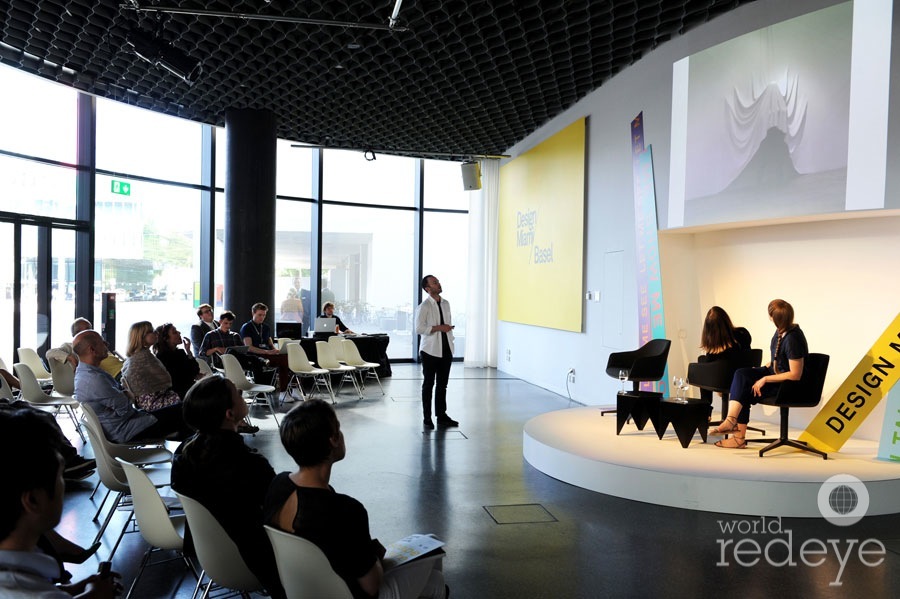
Daniel Arsham, Tamar Shafrir, & Judith Seng
